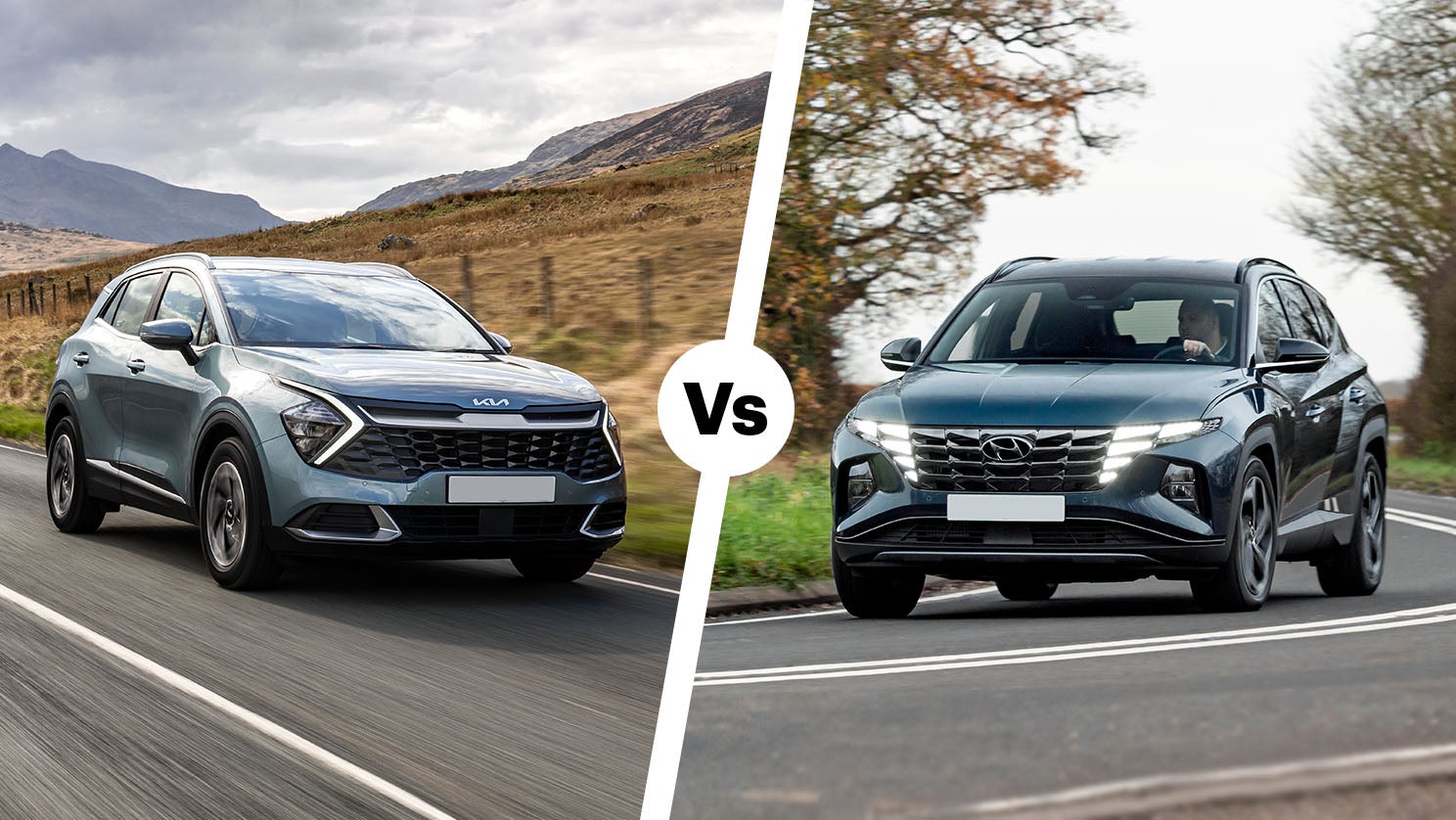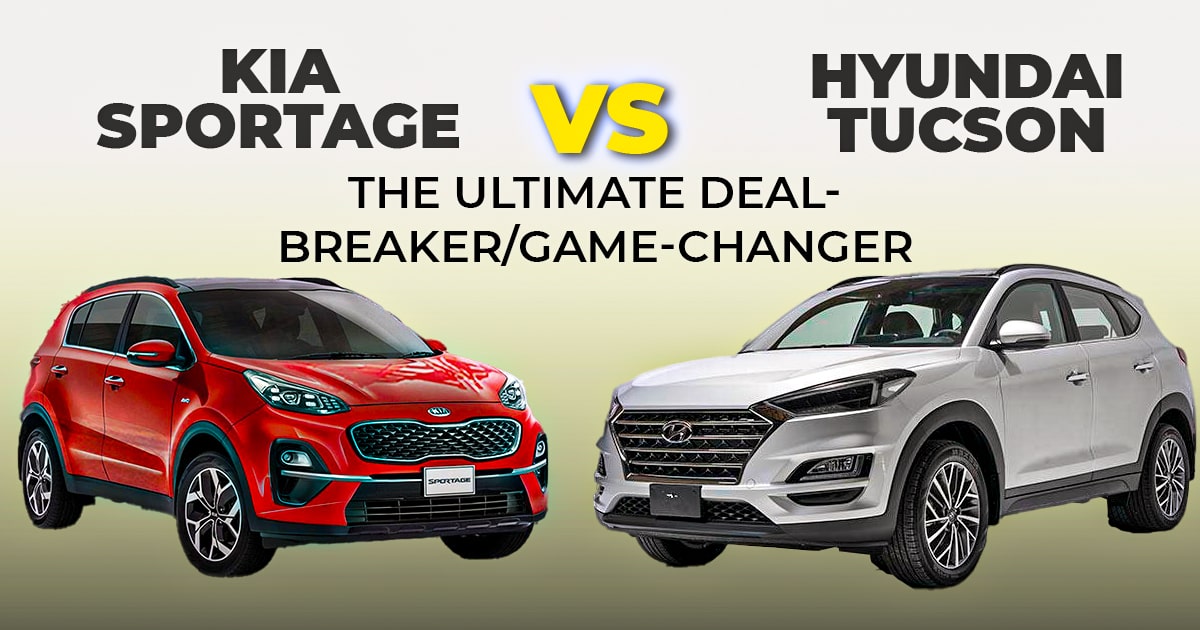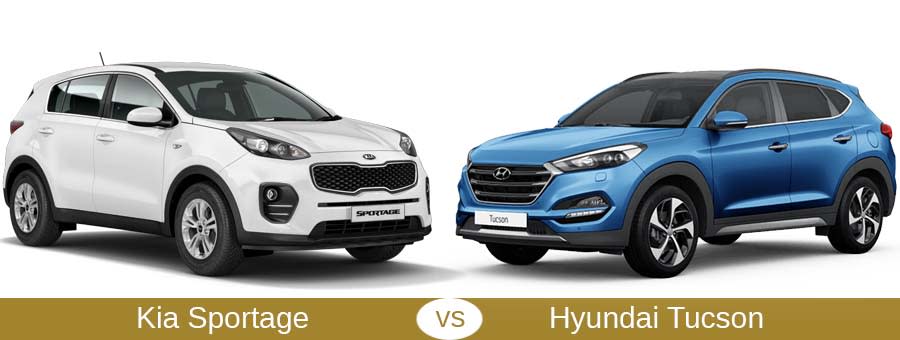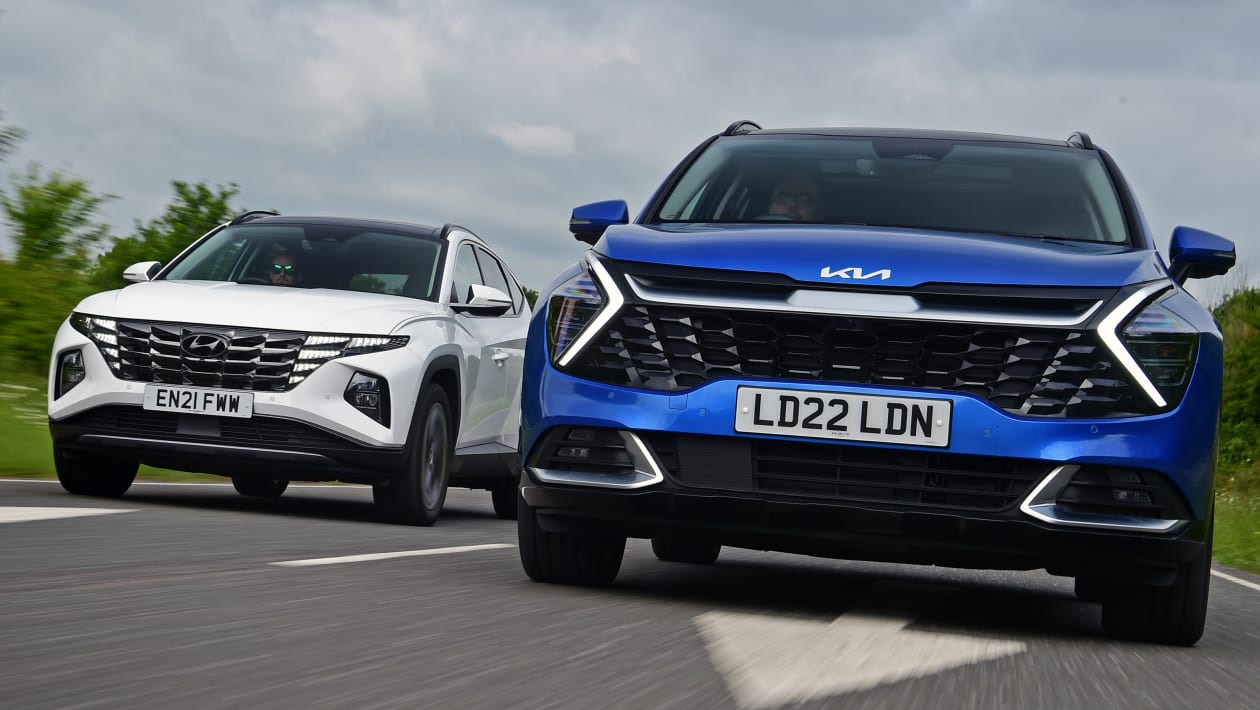2025 hyundai tucson vs 2025 kia sportage specs
2025 hyundai tucson vs 2025 kia sportage specs
Introduction
In this auspicious occasion, we are delighted to delve into the intriguing topic related to 2025 hyundai tucson vs 2025 kia sportage specs. Let’s weave interesting information and offer fresh perspectives to the readers.
Table of Content
2025 Hyundai Tucson vs. 2025 Kia Sportage: A Detailed Comparison

The 2025 Hyundai Tucson and 2025 Kia Sportage represent compelling choices in the compact SUV segment. Both vehicles offer a blend of style, practicality, and technological advancements. This detailed comparison examines their key specifications, highlighting their strengths and potential differences to help you make an informed decision.
Exterior Design and Dimensions:
The 2025 Hyundai Tucson boasts a bold and futuristic design, characterized by its parametric grille, angular headlights, and sharp lines. Its dimensions are:
- Length: 182.7 inches
- Width: 73.8 inches
- Height: 66.5 inches
- Wheelbase: 108.3 inches
The 2025 Kia Sportage, on the other hand, adopts a more refined and sophisticated aesthetic, featuring a sleek silhouette, a signature tiger-nose grille, and intricate LED lighting. Its dimensions are slightly smaller:
- Length: 182.3 inches
- Width: 73.0 inches
- Height: 66.1 inches
- Wheelbase: 106.3 inches
Both SUVs offer ample cargo space, with the Tucson providing a slightly larger trunk capacity. The Sportage, however, boasts a more versatile interior layout with its sliding rear seats, enhancing passenger comfort and cargo flexibility.
Engine and Performance:
Both the Tucson and Sportage offer a range of powertrain options, catering to different driving preferences and fuel efficiency needs.
The 2025 Hyundai Tucson offers:
- 2.5-liter four-cylinder engine: Generating 187 horsepower and 178 lb-ft of torque, providing a balanced blend of performance and fuel economy.
- 1.6-liter turbocharged four-cylinder engine: Delivering 227 horsepower and 258 lb-ft of torque, offering a more spirited driving experience.
- Hybrid powertrain: Combining a 1.6-liter turbocharged four-cylinder engine with an electric motor, generating a combined output of 226 horsepower.
- Plug-in hybrid powertrain: Featuring a larger battery pack, providing extended electric-only range and a combined output of 261 horsepower.
The 2025 Kia Sportage offers:
- 2.0-liter four-cylinder engine: Generating 187 horsepower and 178 lb-ft of torque, providing a smooth and efficient driving experience.
- 1.6-liter turbocharged four-cylinder engine: Delivering 227 horsepower and 258 lb-ft of torque, offering a robust and engaging driving experience.
- Hybrid powertrain: Combining a 1.6-liter turbocharged four-cylinder engine with an electric motor, generating a combined output of 226 horsepower.
While both SUVs offer comparable powertrains, the Tucson’s plug-in hybrid option provides a unique advantage for those seeking extended electric driving range.
Interior Design and Features:
Both vehicles boast modern and comfortable interiors, offering a range of features to enhance comfort and convenience.
The 2025 Hyundai Tucson features:
- Spacious and ergonomic cabin: Providing ample legroom and headroom for all passengers.
- High-quality materials: Emphasizing a premium feel and a refined driving experience.
- Advanced technology: Including a large touchscreen infotainment system with Apple CarPlay and Android Auto integration, a digital instrument cluster, and a suite of driver-assistance features.
The 2025 Kia Sportage features:
- Stylish and modern interior: Incorporating a sleek design and high-quality materials.
- Comfortable seating: Providing ample support and legroom for all passengers.
- Advanced technology: Including a large touchscreen infotainment system, a digital instrument cluster, and a comprehensive suite of driver-assistance features.
Both SUVs offer comparable interior features, with the Tucson’s larger touchscreen infotainment system and advanced driver-assistance features potentially giving it a slight edge.
Safety Features:
Both the Hyundai Tucson and Kia Sportage prioritize safety, offering a comprehensive suite of driver-assistance features.
The 2025 Hyundai Tucson includes:
- Forward Collision-Avoidance Assist (FCA): Detecting potential collisions and applying brakes if necessary.
- Lane Keeping Assist (LKA): Helping keep the vehicle centered in its lane.
- Blind Spot Collision Warning (BCW): Alerting the driver to vehicles in blind spots.
- Rear Cross-Traffic Collision Warning (RCCW): Detecting cross-traffic when reversing.
- Driver Attention Warning (DAW): Monitoring driver alertness and issuing warnings if needed.
The 2025 Kia Sportage includes:
- Forward Collision-Avoidance Assist (FCA): Detecting potential collisions and applying brakes if necessary.
- Lane Keeping Assist (LKA): Helping keep the vehicle centered in its lane.
- Blind Spot Monitoring (BSM): Detecting vehicles in blind spots and providing visual alerts.
- Rear Cross-Traffic Alert (RCTA): Detecting cross-traffic when reversing and providing audible and visual warnings.
- Driver Attention Warning (DAW): Monitoring driver alertness and issuing warnings if needed.
Both SUVs offer a robust set of safety features, with the Kia Sportage’s Blind Spot Monitoring system potentially providing a more comprehensive alert system.
Fuel Efficiency:
Fuel efficiency varies depending on the chosen powertrain. The 2025 Hyundai Tucson offers:
- 2.5-liter four-cylinder engine: Estimated fuel economy of 27 mpg city, 33 mpg highway, and 30 mpg combined.
- 1.6-liter turbocharged four-cylinder engine: Estimated fuel economy of 25 mpg city, 31 mpg highway, and 28 mpg combined.
- Hybrid powertrain: Estimated fuel economy of 40 mpg city, 35 mpg highway, and 38 mpg combined.
- Plug-in hybrid powertrain: Estimated fuel economy of 105 MPGe (miles per gallon equivalent) and 35 mpg combined.
The 2025 Kia Sportage offers:
- 2.0-liter four-cylinder engine: Estimated fuel economy of 26 mpg city, 32 mpg highway, and 29 mpg combined.
- 1.6-liter turbocharged four-cylinder engine: Estimated fuel economy of 24 mpg city, 30 mpg highway, and 27 mpg combined.
- Hybrid powertrain: Estimated fuel economy of 41 mpg city, 36 mpg highway, and 39 mpg combined.
The Tucson’s plug-in hybrid powertrain offers significantly higher fuel efficiency, particularly in electric-only mode.
Price and Value:
The starting price of the 2025 Hyundai Tucson is expected to be around $26,000, while the 2025 Kia Sportage is expected to start at around $25,000. Both vehicles offer a range of trim levels, with higher trims adding features such as leather upholstery, panoramic sunroofs, and advanced technology.
Considering their comparable features, performance, and fuel efficiency, both the Tucson and Sportage offer strong value propositions. The Tucson’s plug-in hybrid option, however, adds a premium price tag while providing significant fuel efficiency benefits.
Conclusion:
The 2025 Hyundai Tucson and 2025 Kia Sportage are both compelling compact SUVs, offering a blend of style, practicality, and technology. The Tucson stands out with its futuristic design, plug-in hybrid option, and advanced technology features. The Sportage, on the other hand, offers a refined aesthetic, a spacious interior, and a comprehensive suite of safety features.
Ultimately, the best choice depends on individual preferences and priorities. If you prioritize fuel efficiency and advanced technology, the Tucson’s plug-in hybrid option might be a compelling choice. If you value a refined design, spacious interior, and a comprehensive safety package, the Sportage might be a better fit.
FAQs:
Q: Which SUV offers a larger cargo space?
A: The 2025 Hyundai Tucson offers a slightly larger trunk capacity compared to the 2025 Kia Sportage.
Q: Which SUV offers a more powerful engine option?
A: Both SUVs offer a 1.6-liter turbocharged four-cylinder engine with 227 horsepower. However, the Tucson’s plug-in hybrid powertrain offers a higher combined output of 261 horsepower.
Q: Which SUV offers a more advanced infotainment system?
A: Both SUVs offer large touchscreen infotainment systems with Apple CarPlay and Android Auto integration. The Tucson, however, features a larger touchscreen display.
Q: Which SUV offers a more comprehensive suite of safety features?
A: Both SUVs offer a robust set of safety features. The Kia Sportage’s Blind Spot Monitoring system potentially provides a more comprehensive alert system compared to the Tucson’s Blind Spot Collision Warning system.
Q: Which SUV offers better fuel efficiency?
A: The Tucson’s plug-in hybrid powertrain offers significantly higher fuel efficiency, particularly in electric-only mode. However, the standard gasoline engines offer comparable fuel economy.
Tips:
- Consider your budget: Both SUVs offer a range of trim levels, with higher trims adding features and increasing the price.
- Test drive both vehicles: Experience the driving dynamics and interior comfort of both SUVs to determine which best suits your preferences.
- Research available incentives: Both Hyundai and Kia offer incentives for hybrid and plug-in hybrid vehicles, potentially reducing the overall cost.
- Compare insurance costs: Insurance rates can vary depending on the vehicle model and trim level.
- Read reviews and compare features: Gather information from various sources to make an informed decision.
By carefully considering your needs and preferences, you can choose the compact SUV that best meets your requirements and provides the most value for your investment.

.jpg)






Closure
Thus, we hope this article has provided valuable insights into 2025 hyundai tucson vs 2025 kia sportage specs. We thank you for taking the time to read this article. See you in our next article!